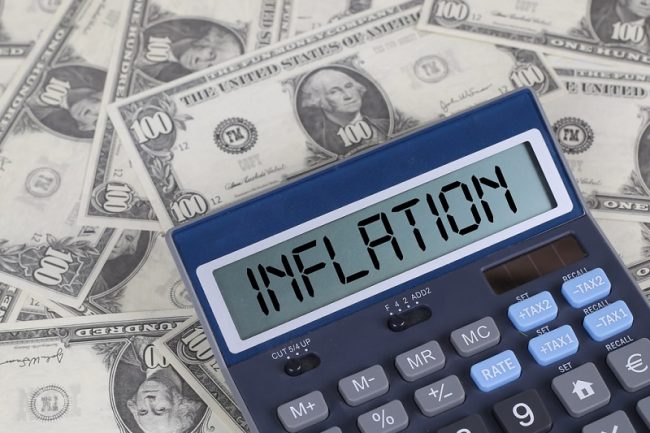Two years ago central banks were begging for some inflation, now they don’t seem to be able to contain it. The US has been leading the surge but the rest of the world is following up, while central banks have turned hawkish, starting to tighten the monetary policy. They’re ending the quantitative easing (QE) programmes and are starting to hike interest rates now. But, so far they haven’t had much success, as prices keep surging. Will central banks (CBs) pick up the pace?
US CPI Inflation Heading to 8%
In the US, the consumer price index (CPI) inflation indicator which measures price changes in a basket of goods and services, increased 0.6% in January compared with the previous month. Surging prices for groceries, electricity, and rent led the increase, with the food index rising 0.9% in January, after increasing 0.5% in December. On an annualized basis, CPI inflation rose by 7.5% in January and in February CPI is expected to head toward $8.
Inflation has become the main point of concern for FED officials. While some inflation is good for an economy, too much of it can become deeply damaging, especially if consumers start to expect that prices will continue to rise sharply. When those inflation expectations become unanchored, price pressures can spiral out of control, forcing the Fed to increase interest rates so aggressively that it derails the nation’s economic recovery.
CPI has been increasing non-stop for two years
Eurozone February Preliminary CPI
- February preliminary CPI YoY +5.8% vs +5.4% expected
- January CPI YoY was +5.1%
- Core CPI YoY +2.7% vs +2.5% expected
- Prior core CPI was +2.3%
Eurozone inflation soars to new highs and this just adds more pressure to the ECB to communicate a firmer message at next week’s meeting. We’ll see if policymakers will have the appetite to commit or try to maintain flexibility but the latest figures above just continue to underscore how wrong they were when they talked up their ‘transitory’ narrative last year.
EUR/USD
www.fxleaders.com
